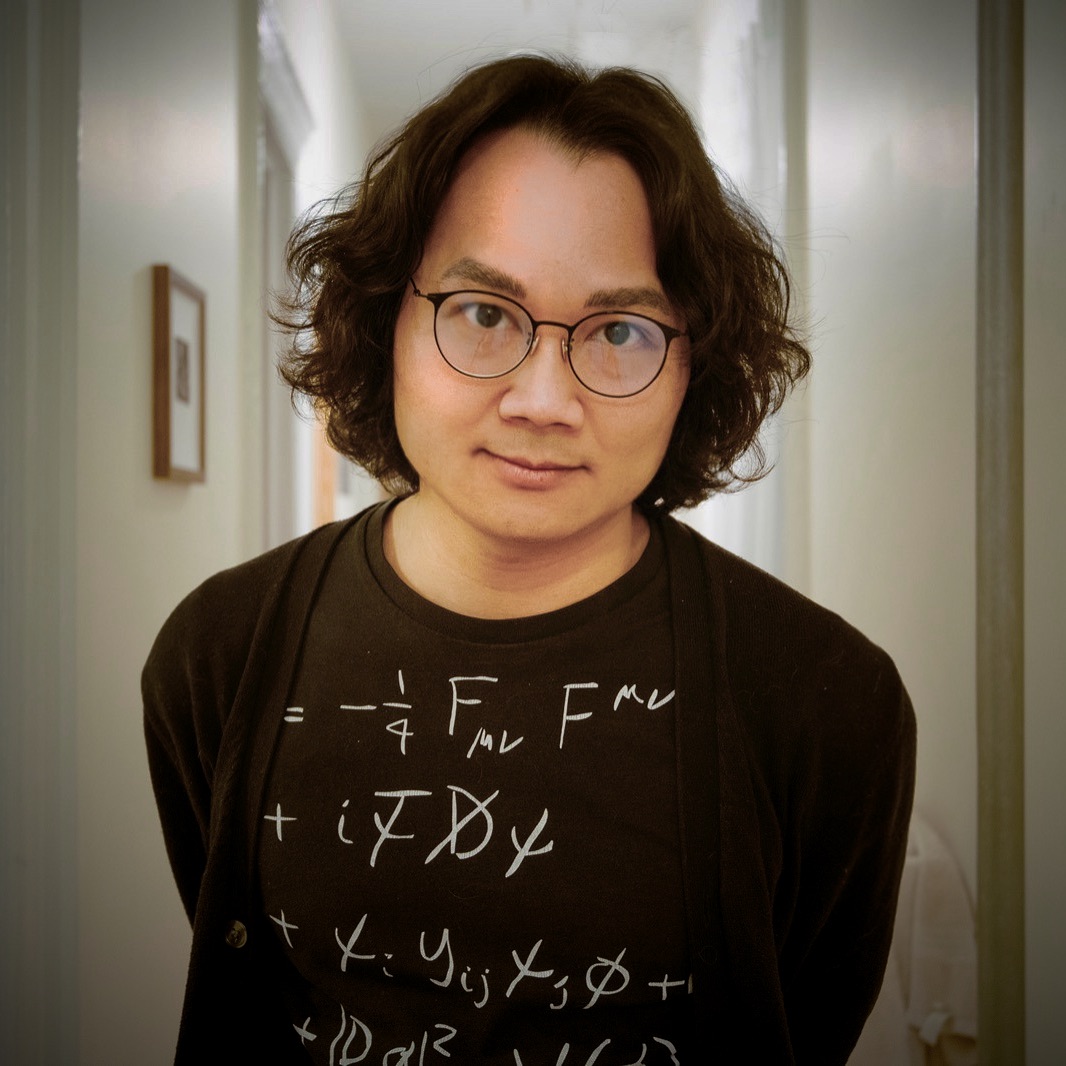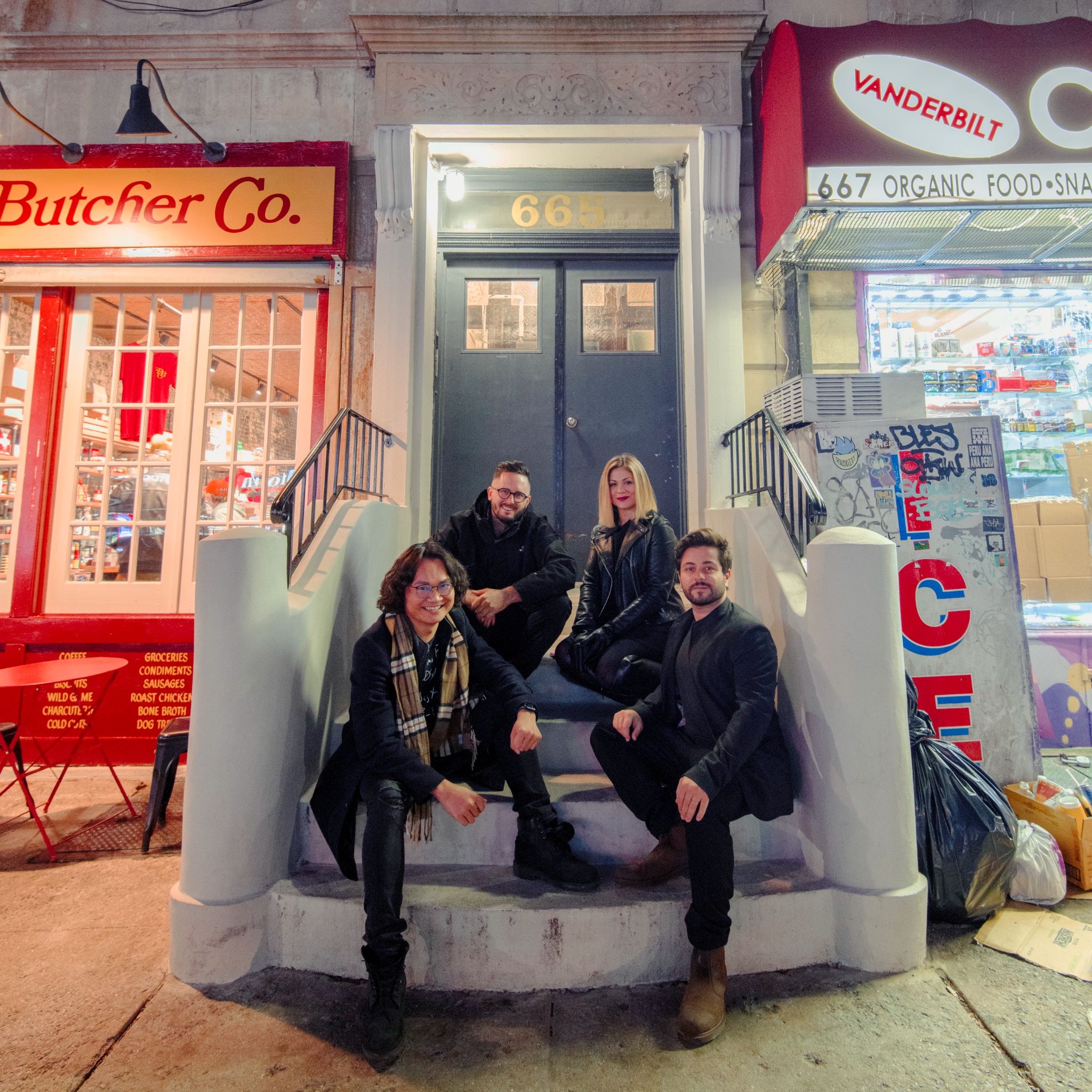It would be great happiness to know early in life what one is truly passionate about, which is indeed difficult for many.
The inspiring journey of Vietnamese scientist Nguyen Quang Thong, who successfully transitioned from a particle physicist to a machine learning scientist at Microsoft, can provide some meaningful thoughts for anyone facing a crossroads in life.
A glimpse at the profile of Thong may surprise many people. In less than 15 years as an adult, the Hanoi native has changed careers three times, and he cannot even fathom how unexpected and dramatic those changes have been.
Thong was once a student at the prestigious Hanoi-Amsterdam High School for the Gifted in Hanoi.
Drawn to both art and science, he pursued architecture at Hanoi Architectural University.
But after receiving a full-ride scholarship at the University of Texas at Dallas (UT Dallas), Thong could not resist the opportunity and left the architecture program to pursue computer engineering in the United States.
Turning point challenges
Thong's journey in the U.S. was marked by a surprising discovery: his newfound love for physics.
This passion was sparked by a particle physics professor who had a profound impact on him.
After ten years of research in particle physics, during which he successfully earned a PhD and many prestigious awards, Thong was hired as an artificial intelligence scientist at Microsoft at the end of 2021.
His freedom of choice was not always absolute during the significant changes in his life.
For instance, his decision to not study abroad after graduating from high school in Hanoi and to study computer engineering at UT Dallas was influenced by his family's financial constraints.
Although he completed his freshman year at UT Dallas with a perfect GPA, the young man yearned to explore a field that was more in line with the core principles of science and less focused on rote learning.
He felt that his computer engineering courses were not providing him with the intellectual stimulation he craved.
These feelings became apparent when Thong had the chance to enroll in a physics course taught by Professor Joseph Izen.
Known for his unique teaching approach, Prof. Izen encourages students to cultivate their own intuition and understanding of the principles of physics.
Thong remembers the last assignment his professor gave them at the end of the course.
"We were asked to go to an amusement park with an accelerometer and play all the roller coasters available, collect data, and then analyze them in a report to be submitted as the final exam," he recounted.
"I spent the whole following week thinking about the assignment. It was something I truly wanted to do as a career."
He decided to speak to Prof. Izen about his desire to study physics.
The American professor spent four hours explaining to him the opportunities and challenges that lay ahead if he pursued this path.
The young man made the second decision to change careers: he gave up his computer engineering degree to study particle physics.
"My mother did not support this decision at the time, but she lived very far away from me, so I decided anyway," Thong laughed.
In September 2021, he graduated with a doctorate in particle physics from the California Institute of Technology, also known as Caltech.
The third career change, which was the most recent, was becoming an artificial intelligence scientist at Microsoft. This time, he was thrilled to be able to combine his knowledge of theory and practice to tackle real-world issues.
"I tend to work overtime because it is inspiring to contribute to a project that can impact hundreds of millions of users around the world," the scientist said.
"It is also exciting to develop cutting-edge AI technology and apply it to products at scale."
As an AI scientist, Thong creates and develops intelligent features for Microsoft Office, whose products and services already had 345 million subscribers among Microsoft's total of more than 1.2 billion users around the world as of April 2022.
He is passionate about applying artificial intelligence to delivering personalized and empowering experiences to users.
He also develops foundation models and builds large-scale training infrastructure to enable intelligent services for various Microsoft products.
|
|
| Dr. Nguyen Quang Thong (left, front) sits with his friends in Switzerland in a supplied photo. |
'Light at the end of the tunnel'
To this day, Thong has never shared with his parents about the 'darkest days of his life' during his early years of research at the European Organization for Nuclear Research (CERN) in Geneva, Switzerland.
Thong's 17-hour workdays juggling various tasks and responsibilities were not his only source of frustration.
The suffocating workplace politics and the impostor syndrome he felt surrounded by intellectuals from prestigious undergraduate institutes like Harvard and MIT added to his stress.
But what frustrated Thong the most was the feeling of getting lost in his research and the growing disappointment of his PhD advisor.
The first failure on the qualifying exam at Caltech was a heavy blow to him at the time, even though each undergraduate was given three chances to pass.
The young man found himself in depression for nearly a year, unable to share it with anyone.
"I woke up every day feeling terribly down,” Thong recalled. But a song by singer Hoang Thuy Linh gave him solace. The lyrics, which depict a phoenix rising from the ashes, resonated with him.
"I have to be a phoenix,” he recalled thinking to himself. “Even if I’m burned to ashes, I will rise again.”
During those gloomy days, Thong stumbled upon a series of lecture videos about AI on a YouTube channel. Those videos sparked an idea about the potential overlap between his research and AI: big data.
During the three years at CERN, Thong spent two years as a data operation manager, overseeing the flow of information between 80 data centers across five continents.
This experience led Thong naturally to his own research direction: applying AI to particle physics data.
Thong was captivated by the universal approximation theorem in deep learning, comparing the philosophy behind it to that of physics.
"It's amazing that just matrices and nonlinear activation functions are all that's needed to approximate any complex structure in the universe," he marveled.
In the last decade, deep learning has made significant progress. The most advanced models are now 100 million times larger than they were ten years ago, enabling incredible capabilities that were once considered impossible.
However, at their core, these models are still just a combination of matrices and nonlinear activation functions.
"Every time I was invited to give lectures on AI at physics conferences, the audience would often fall silent in appreciation when I mentioned this fact," Thong said.
At the time, AI for physics was a fledging field of research. Thong became one of the pioneers working on the intersection of AI and particle physics, which eventually became the theme of his doctoral thesis.
"When I realized the huge potential of AI to revolutionize physics, I knew it’s light at the end of my tunnel,” Thong recalled.
The opportunity lifted Thong’s spirit and motivated him to pass the qualifying exam on his second try.
He went on to co-author numerous papers on the application of AI to particle physics. In the final year of his doctoral research at CERN, he received an award in recognition of his accomplishments.
At CERN, physicists have to set up hundreds of triggers based on rules to determine which collision events to keep out of 40 million particle collisions per second produced at the collider.
This is a resource-intensive process, and there is still a chance that they will miss actual new physics events.
Thong created an algorithm to be implemented in the detector hardware to detect anomalies.
This algorithm is capable of distinguishing new physics processes from known ones in a matter of microseconds, enabling particle physicists not only to identify new particles from known hypotheses, but also to discover particles that have never been considered before.
In addition to successfully completing his doctorate, Thong has published in the prestigious journal Nature Machine Learning in February 2022 for this seminal work.
Borderless science
With a wealth of experience in various fields, including architecture, computer engineering, particle physics, and AI, Thong has come to believe that no matter the specific discipline, there are fundamental principles that unite them all.
“The key to understanding any discipline is to simplify it to the first order and focus on the core principles before adding on complexities,” Thong said.
During his final PhD year, he spent six months at Google X exploring the intersection between AI and biotechnology as a resident scientist.
"I had not studied biology before, but working there allowed me to apply techniques from physics and AI to tackling problems in biology,” he said. “I saw the potential for cross-disciplinary collaboration in a whole new light.”
In addition to the enlightenment, Thong enjoys science for its beauty.
"Both physics and architecture fascinate me for their simple yet profound foundations, such as symmetry or conservation laws, upon which amazing complexity can be built,” he shared.
Based on symmetry, Murray Gell-Mann introduced the quark model, tracked down the missing piece, and conjectured the existence of the Omega-minus baryon, completing the eightfold way.
Two years later, the Omega-minus was discovered by experiment, earning Gell-Mann the Nobel Prize in 1969.
"As young scientists, we are inspired by stories like these to continue our journeys searching for new particles at CERN, including dark matter and supersymmetric particles," Thong said.
"Those theories may appear complex, but they are ultimately founded on elegant, fundamental principles that are truly beautiful."
It takes two to tango
Among the awards Thong has won so far, there is an incredibly special one: the first place in tango dancing in Austin, Texas in 2015. For him, dancing is another passion besides science.
"I started dancing as a high school student in the dancesport club at Hanoi-Amsterdam High School for the Gifted. Back then, Hanoi had a dance competition as part of the annual Phu Dong Sports Festival, and we used to dance our heart out," Thong recalled.
"The sweaty dance routines during the summer days, sharing the feelings of success and failure with friends, remains the fondest memory of my student life.
"When I went to college in the U.S., I was lucky enough to meet again the friend who had been my dance partner in high school. We continued to participate in the state dance tournaments. We couldn’t afford an instructor, so we taught ourselves and created our own choreography using YouTube videos. Our hard work paid off, and we won several prizes.
"When I came to Switzerland for my doctoral research, I was under the impression that dancing was a popular pastime. However, upon signing up for a dance class, I was disappointed to discover that the entire class was comprised of elderly individuals. In order to improve my technique, I needed to find a dance partner who matched my skill and stamina levels. Unfortunately, I couldn't find anyone suitable, then my research took over. My dancing shoes gradually collected dust.
"As I settled into my new life in Seattle, I began to explore the vibrant dance scene and discovered West Coast Swing and Social Foxtrot. These styles were a perfect fit for the laid-back, free-spirited culture of the city. Despite being vastly different from the dance forms I was accustomed to, I was drawn to the way they allowed me to express myself physically and emotionally through movement and music. It was a feeling I couldn't find anywhere else.
"I realized that dancing isn't just for relaxation, it's a part of who I am."
Like us on Facebook or follow us on Twitter to get the latest news about Vietnam!



















































